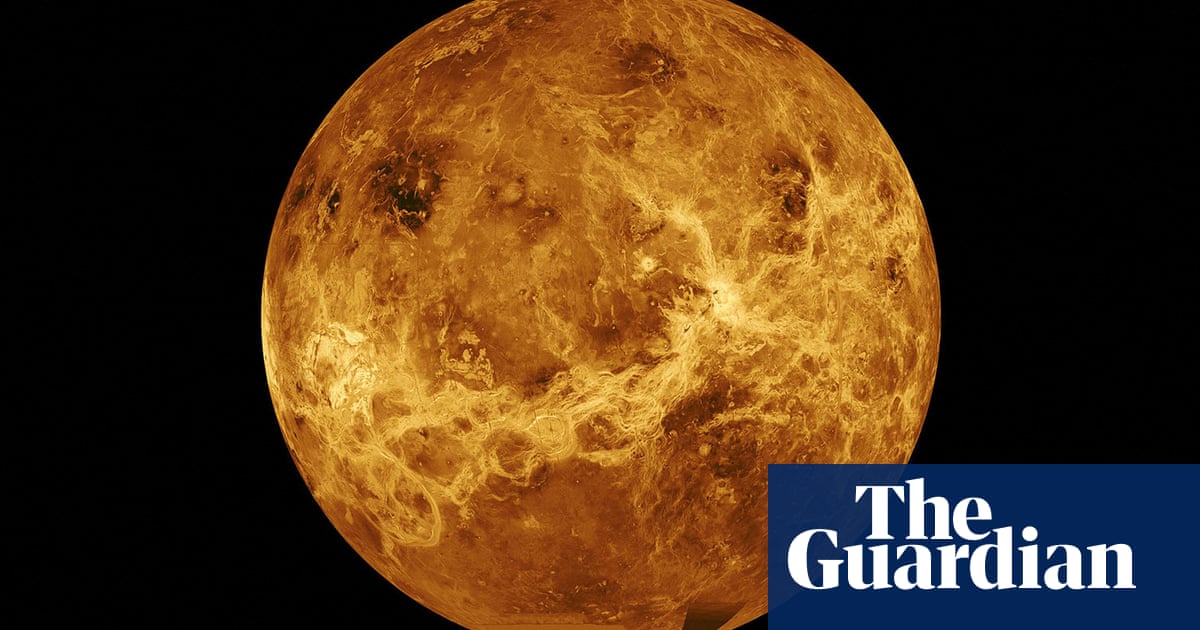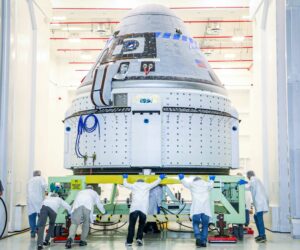Hot enough to melt metal and covered in a toxic, crushing atmosphere, Venus ranks among the most hostile places in the Solar System. But astronomers have reported the discovery of two gases that could point to the presence of life forms lurking in the clouds of Venus.
The findings, presented at the National Astronomy Meeting in Hull on Wednesday, support evidence for a pungent gas, phosphine, whose presence on Venus has been hotly contested.
A separate team revealed the tentative detection of ammonia, which on Earth is produced primarily by biological activity and industrial processes and whose presence on Venus scientists said could not be easily explained by known atmospheric or geological phenomena.
So-called biosignature gases are not a smoking gun for extraterrestrial life. But the observation will boost interest in Venus and raise the possibility that life may have emerged and even thrived in the planet’s more temperate past and persisted to this day in pockets of the atmosphere.
“It is possible that if Venus went through a warm and wet phase in the past after global warming took effect [life] would have evolved to survive in the only niche it has left – the clouds,” Dr Dave Clements, reader in astrophysics at Imperial College London, told the meeting.
The surface of Venus reaches about 450C, hot enough to melt lead and zinc, the atmospheric pressure is 90 times that of the Earth’s surface, and there are clouds of sulfuric acid. But about 50 kilometers (31 miles) above the surface, the temperature and pressure are closer to Earth conditions—and potentially almost survivable for very hardy microbes.
On Earth, phosphine gas is produced by microbes in oxygen-deficient environments, such as badger guts and penguin feces. Other sources, such as volcanic activity, are usually so ineffective that on rocky planets the gas is thought to be a marker for life.
A high-profile claim to discover phosphine on Venus in 2020 was followed by controversy after subsequent observations failed to replicate the discovery. Recent observations by Clements and colleagues with the Hawaii-based James Clerk Maxwell Telescope (JCMT) aimed to settle the dispute. By tracking the phosphine signature over time, they were able to strengthen the evidence for the presence of the gas and found that its detection appeared to follow the planet’s day-night cycle.
“Our findings show that when the atmosphere is bathed in sunlight, phosphine is destroyed,” Clements said. “All we can say is that the phosphine is there. We don’t know what produces it. It could be chemistry we don’t understand. Or maybe life.
In a second lecture, Professor Jane Greaves, an astronomer at Cardiff University, presented preliminary observations from the Green Bank Telescope showing that ammonia on Earth is produced either by industrial processes or by nitrogen-fixing bacteria.
Greaves said: “Even if we confirm both [findings]it’s not proof that we found these magical microbes and they live there today,” adding that there are still “no ground truths.”
Prof Nikku Madhusudhan, an astrophysicist at the University of Cambridge who was not involved in either publication, said that in general, proof of a biosignature requires the signal to be robust and the molecules to be convincingly linked to life.
“When it comes to Venus, both questions are open,” he said. “If they do confirm the phosphine and ammonia robustly, that raises the chances of a biological origin.” The natural next thing will be that new people will look at it and give support or counterarguments. The story will be resolved with more data.
And he added: “All this is reason for optimism. If they can show that the signals are there, good for them.
Dr Robert Massey, Deputy Chief Executive of the Royal Astronomical Society, said: “These are very exciting discoveries, but it should be stressed that the results are only preliminary and more work is needed to learn more about the presence of these two potential biomarkers in the Clouds of Venus. However, it is amazing to think that these findings could point to either possible signs of life or some unknown chemical processes. It will be interesting to see what further investigations reveal in the coming months and years.



